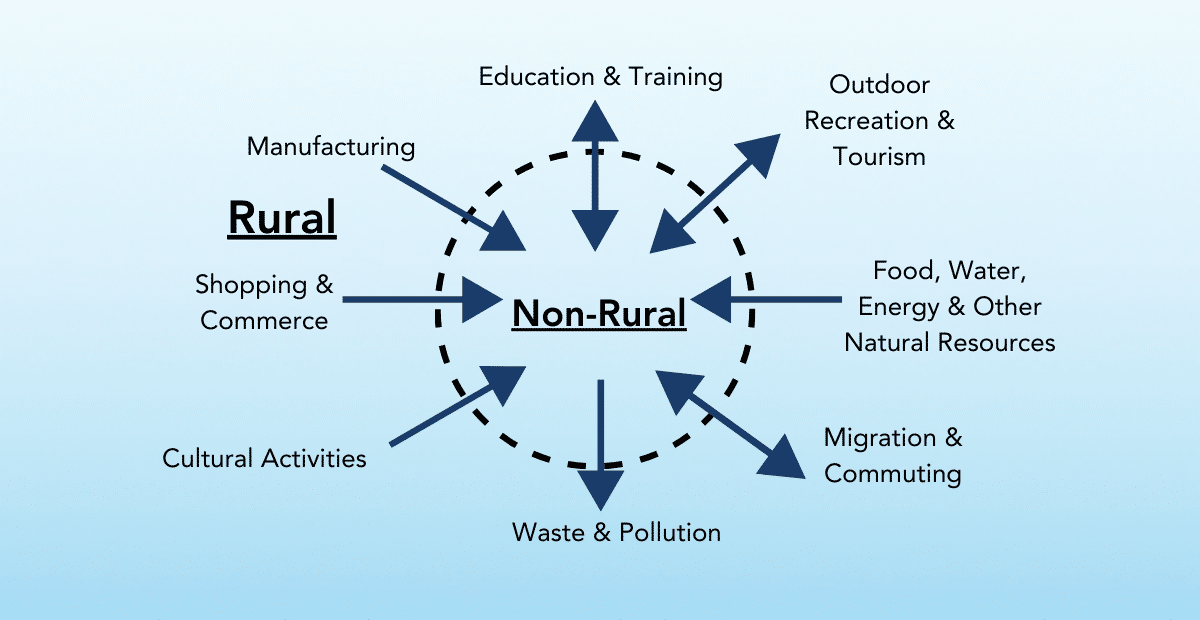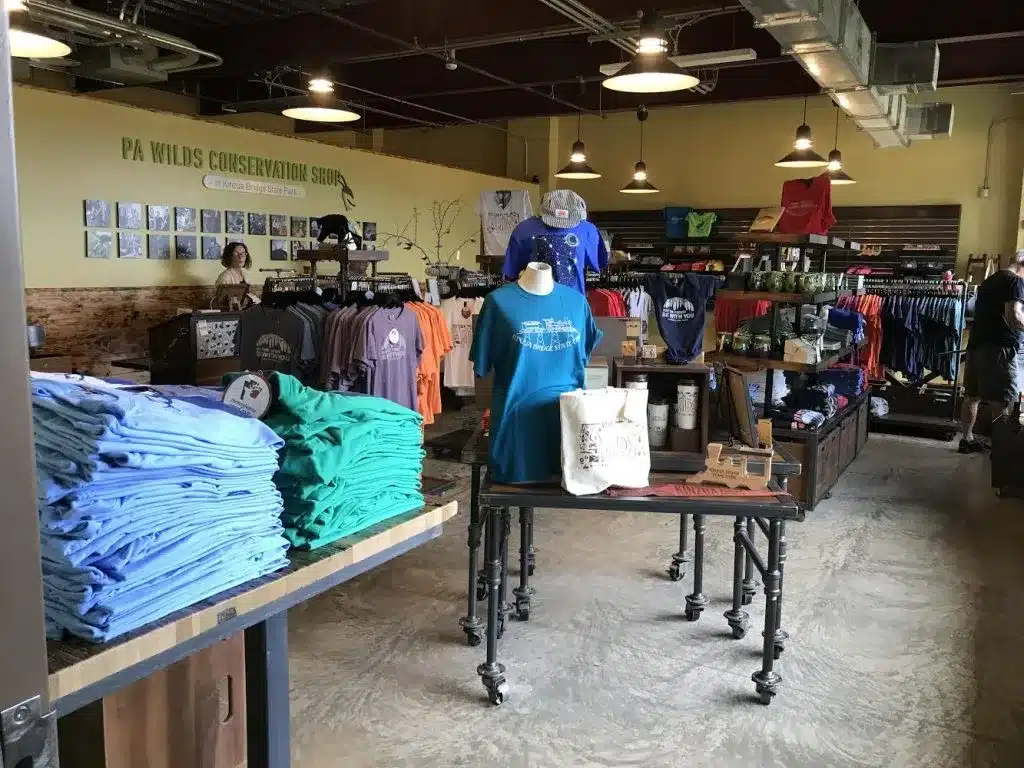At Aspen CSG, we believe that strong regions grow from the shared, interconnected, and interdependent success of rural and urban communities. Across the country, these places are deeply connected through jobs, culture, and the environment. Yet, these connections are often overlooked or undervalued in traditional development strategies.
Divides rooted in long histories of extractive rural policy are real, but the frequent focus in national media on a rural-urban divide overlooks the partnerships and asset sharing already happening on the ground. In our work, we focus on how rural and urban places are building stronger bridges that support shared regional prosperity.
Rural communities make essential contributions to regional economies, including food and agricultural supply chains, renewable energy, manufacturing, small-business growth, and cultural strength. Urban areas offer key markets, infrastructure, and institutions that help rural economies thrive. However, while cities and suburbs hold most of the population and drive many knowledge and financial industries, they produce very little of what they consume.
Rural regions make up about 20 percent of the population and steward 99 percent of the nation’s land, along with most of its water, food production, and natural resources. The health of rural communities matters to the well-being of the entire country, and keeping these regions strong supports the interconnected, interdependent relationships we all rely on.
When rural and urban communities work together as a region, they can share resources, learn from one another, and create strategies that tackle long-standing inequities and strengthen the entire regional economy. Our work focuses on supporting these collaborations so every part of a region can benefit.
Our reports, case studies, and convenings offer practical guidance on how to build and maintain these partnerships:
The Rural Development Hubs model shows how place-rooted organizations can bring rural communities into broader regional work by connecting assets, partners, and strategies. These Hubs help spark solutions that improve outcomes across regions. Whether it is expanding broadband, supporting affordable housing, or addressing workforce gaps, Hubs show that aligning rural and urban priorities supports long-lasting prosperity. We also work with partners across the country to explore how regions can adopt shared approaches that support this kind of coordination
The Act as a Region building block of our Thrive Rural Framework gives communities tools to break down silos, strengthen collective impact, and shape policies that support both rural and urban places.
By focusing on interdependence, we can rethink regional development so every community has a role and a fair share in its region’s success. Together, we can build regions that thrive because all their communities thrive.







